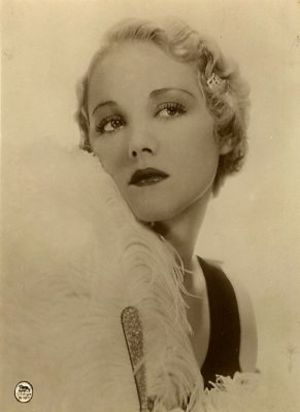The difference between a first edition of a collectible book and a later edition is sometime tremendous. A first edition of Gone With The Wind will fetch $50,000 in an auction if it is in excellent condition. The second edition in the same condition will perhaps bring in $3,000 and a later edition only $10 to $20. Therefore, it is very valuable information to know whether your book is a prized first edition, second edition, or whether it is a later printing valuable for reading purposes only.
Some books just come out and say ‘First Edition’ on the copyright page. First edition and first printing are not always synonymous. The most valuable is the first printing of the first edition. Most books do not make life that easy for you by stating this. The most common indication of edition and printing state today is in the use of number streams on the copyright page of the book. This is a string of numbers usually appearing as “1234567890” or with the digits separated by a single space between the digits. An exception is Doubleday, which starts its number streams with a 2 (i.e. “2 3 4 5 6 7 8 9 0”). However, most other publishers use the following number stream “1 2 3 4 5 6 7 8 9 0” which indicates a first printing of the true first edition.
To confuse you more some publishers use a reverse number stream of “0 9 8 7 6 5 4 3 2 1” or an odd/even from left to right “1 3 5 7 9 10 8 6 4 2” both of which are first editions/first printings. The key is to find a “1” either at the beginning or end of the series of number. The following are not first editions/first printings “3 4 5 6 7 8 9 0 1 2” or “3 4 5 6 7 8 9 0” both of which are third printings (hint – they begin with “3”) for reading only from a collectors point of view. “2 3…” is a second printing (except Doubleday) and ‘4 5…’ a fourth printing. Some older books and European publishers use letters instead of numbers so “A B C” is a first edition while “C D E” is a third edition. Club Dumas by Reverte is a good example if a first and third edition printing using this letter series.
Beside the number string, a book which states “First printed…” on the copyright page with no other indication of edition is often the first edition. Be careful with this because a book club edition may state this as well. Usually book club editions have no price on the top (or in the UK on the bottom) inner flap of the dust jacket. Book club editions are usually, but not always smaller and lighter than the trade edition copies. This sometimes is truly confusing since for example the true first edition of Clancy’s The Hunt For Red October has no dust jacket price and can only be distinguished from the book club edition by weight. The trade first edition weighs 2 pounds and is worth $800 while the book club edition looks exactly the same but weighs only a little over 1 pound and is worth $8 if that.
Unfortunately there are no complete guides to all first edition identification. Collected Books by Allan Ahearn is a good source book. The best thing to do if the above information does not apply to your book is to contact an expert. He might need to know the size and weight of your book and whether there are any attributes which peg the book as a first. Another good source is to look for your book on Ebay. If they are selling it as a first edition, it often states the attributes associated with first editions. Better yet they often include pictures. I do.
Good luck and may you find a $600 book in a used book store and have to pay only $5 for it. This happy event is not unusual once you become familiar with book conditions and how to determine if the book is a first edition or not.


